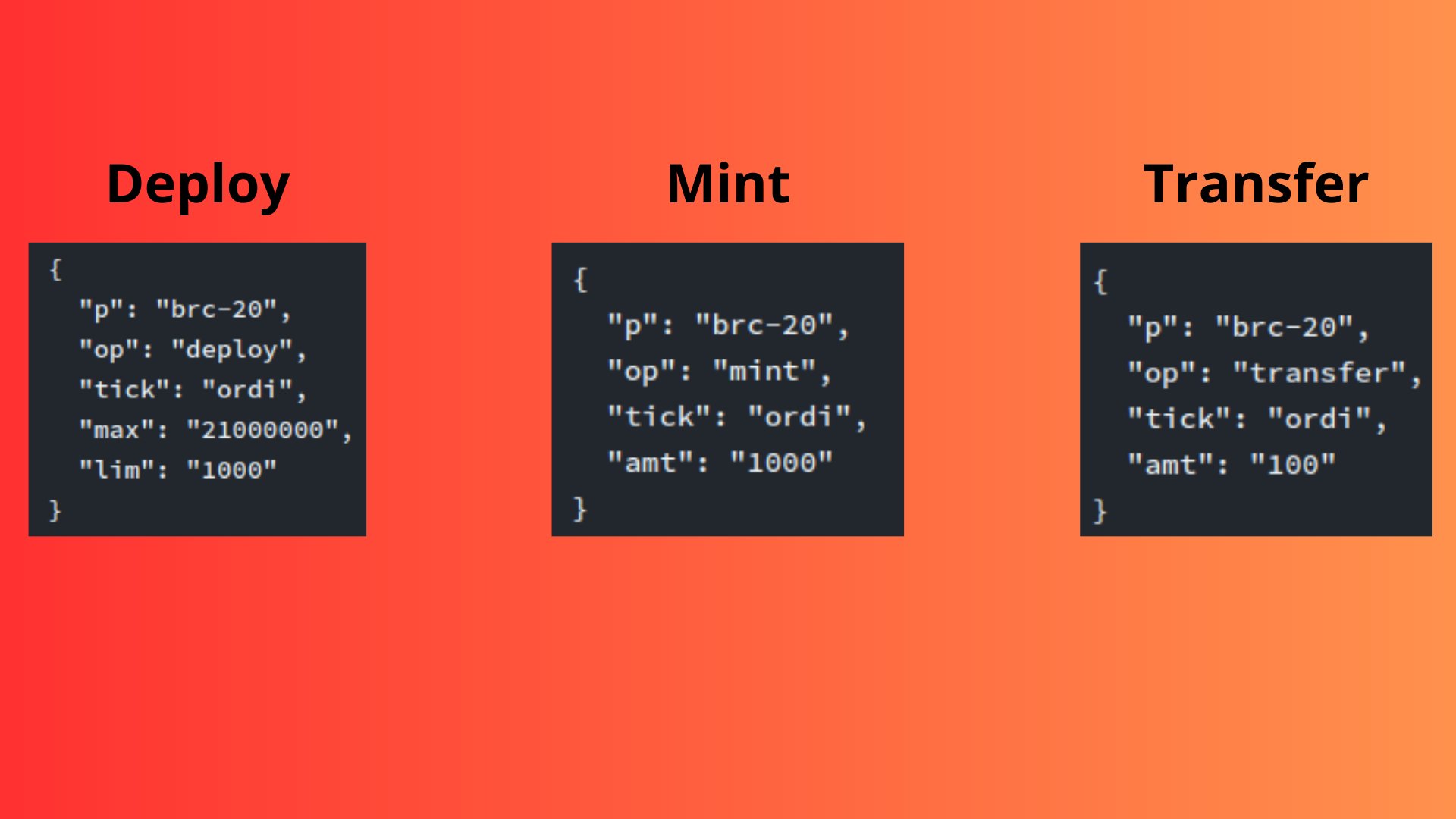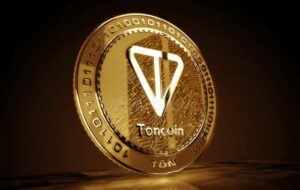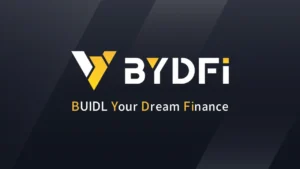What are BRC-20 tokens – What you need to know
4 min readTable of Contents
To understand BRC-20 tokens and BTC NFTs, one first needs to know what the Bitcoin Ordinals log is. The protocol is not a specific NFT collection or just any memecoin, but the technology that can bring all of these tokens to life on the Bitcoin blockchain.
This is because the technology behind the Ordinals protocol allows satoshis (the smallest unit of a bitcoin) to receive unique inscriptions, allowing them to be uniquely identified, tracked and transmitted. This allows individual Satoshis to be designed individually. It thus helps distinguish satoshis by allowing users to attach data such as images or text to them.
According to the on-chain analytics platform Dune.com more than 5.1 million satoshis have been created with such inscriptions since January. Most of these new BTC inscriptions are currently based on so-called BRC-20 tokens. These use the Ordinals protocol and “Text Inscriptions” to make tokens tradable on the Bitcoin blockchain.
Data from Brc-20.io show that more than 14,450 different BRC-20 tokens have already been created. Collectively, these tokens have a market cap of approximately $508 million at press time.
The market capitalization of this new Bitcoin token has increased tenfold within less than a month from under 70 million US dollars in a very short time.
How do BRC-20 tokens work?
Bitcoin BRC-20 tokens are digital assets based on and powered by the BTC blockchain Ordinal Inscriptions attached to satoshis as “text inscriptions”. BRC-20s thus allow developers to create custom tokens on the BTC blockchain.
Basically, BRC-20 tokens are very similar in their functionality to the ERC-20 tokens, which are based on the Ethereum blockchain. They can be stored in wallets, sent to other users and traded on crypto exchanges. However, they do not have any smart contract functionality and are therefore far more limited in their function compared to ERC-20 tokens. One could say that BTC tokens are NFTs (JSON data) with a special treatment. The JSON data inscribed on the BTC blockchain depends on the operation to be performed. For each operation (provision, imprint, transfer) some kind of JSON file is written into the blockchain.

After provisioning a BRC-20 token, users can mint or transfer that token. However, the process does not work like Ethereum. There are no smart contracts on Bitcoin; everything has to be integrated and shared in JSON files. The BRC-20 model is therefore a comparatively inefficient token standard that maps a kind of NFT-based currency system on the Bitcoin blockchain.
What is the difference between Ordinals Bitcoin NFTs and BRC-20 tokens?
The ordinal-Protocol is the underlying technology that allows Satoshi’s unique inscriptions to be assigned and customized. Ordinals is thus a concept for the identification and classification of satoshis. In contrast, use BRC-20 tokens the Ordinals protocol to make fungible tokens tradable on the Bitcoin Blockchain using “Text Inscriptions”. BRC-20 tokens are a special standard for generating these tokens with “Text Inscriptions” that is currently the most popular in the Bitcoin ecosystem.
Disadvantages of BRC-20 tokens
BRC-20 tokens have some disadvantages, affecting both technical and market aspects:
- Weak Infrastructure: The BRC-20 ecosystem is still relatively underdeveloped, with a lack of liquid exchanges and limited trading opportunities. This can make it difficult to enter and exit BRC-20 token investments.
- Lack of Smart Contracts: Because the Bitcoin blockchain does not natively support smart contracts, the scope and financial use of these tokens is severely limited compared to Ethereum-based tokens.
- Little practical use: BRC-20 tokens currently have little practical use, which limits their attractiveness and performance. The development of application scenarios and platforms utilizing BRC-20 tokens is necessary to increase their value.
- Technical limitations: The BRC-20 standard has some limitations, such as using only four characters for token names, lack of upgrade options, and inability to abort transactions. These limitations can affect the attractiveness and usability of BRC-20 tokens.
- Centralization: Since there are no smart contracts on Bitcoin, all information for BRC-20 tokens has to be integrated and shared in JSON files. This results in the management and organization of the tokens becoming more dependent on the developers and operators of the projects, rather than on decentralized and autonomous smart contracts.
What’s next for the Bitcoin tokens?
The ORC20 and BRC21 protocols were developed in response to the limitations of BRC-20. ORC20 is a hard fork of BRC-20 and aims to remove its limitations while BRC-21 aims to bring fully decentralized, cross-platform assets to the Bitcoin network and use them on the Lightning Network. These projects are still in their infancy. Therefore, it is unclear whether they can permanently solve the problems with BRC-20 tokens.
Conclusion
BRC-20 tokens and BTC NFTs based on the Bitcoin Ordinals protocol offer new perspectives for tokenization on the Bitcoin network. Although these tokens are showing impressive growth numbers and increasing popularity, there are still numerous challenges to overcome. Lack of infrastructure, limited liquidity, limited practical applications, network congestion, and security risks represent just some of the difficulties faced by BRC-20 tokens. As a result, many in the crypto community are debating how useful it is to develop such applications on a network that was not initially intended for the use of tokens and smart contracts.







